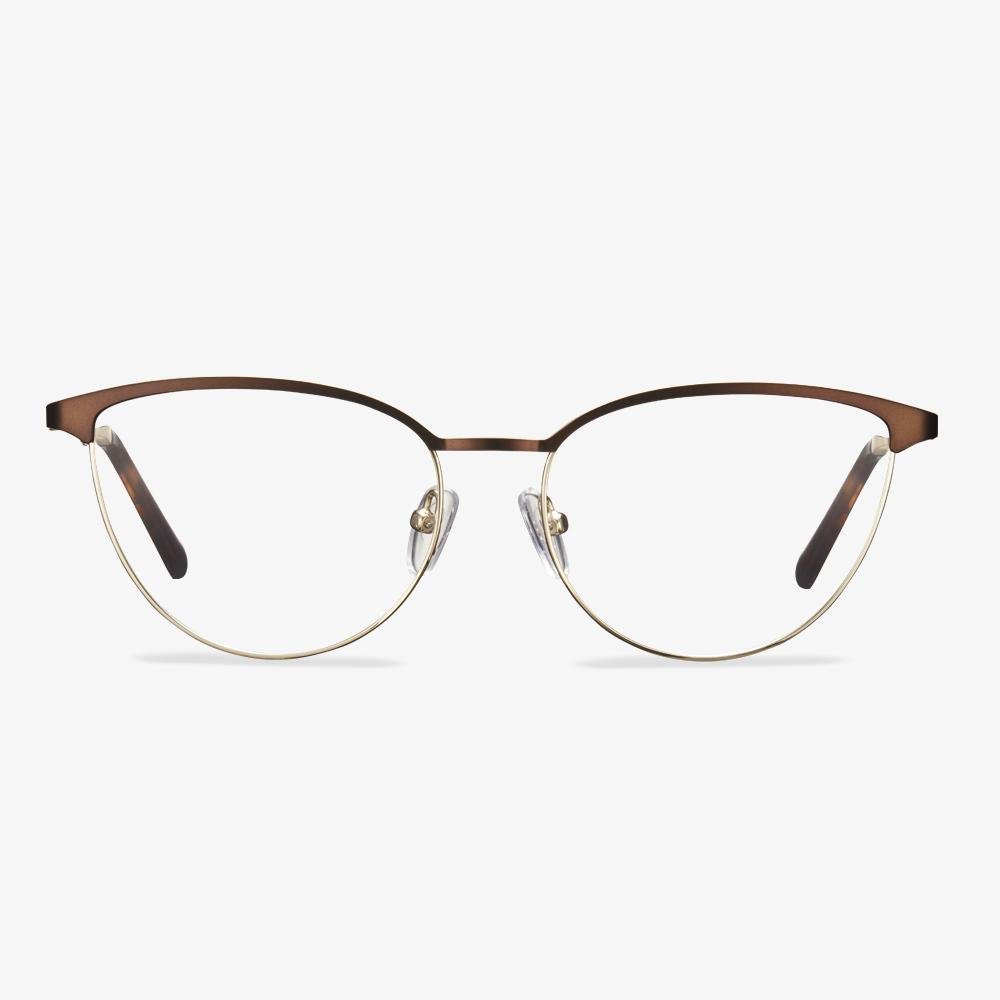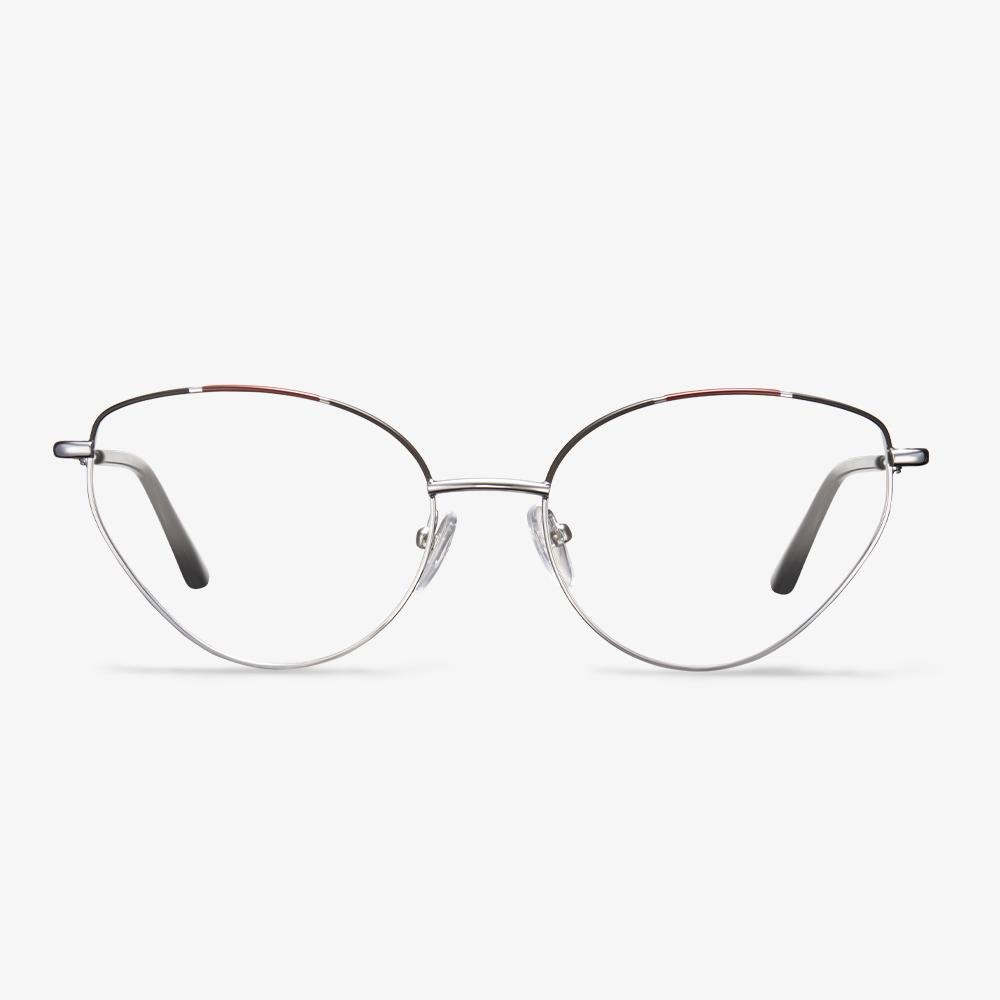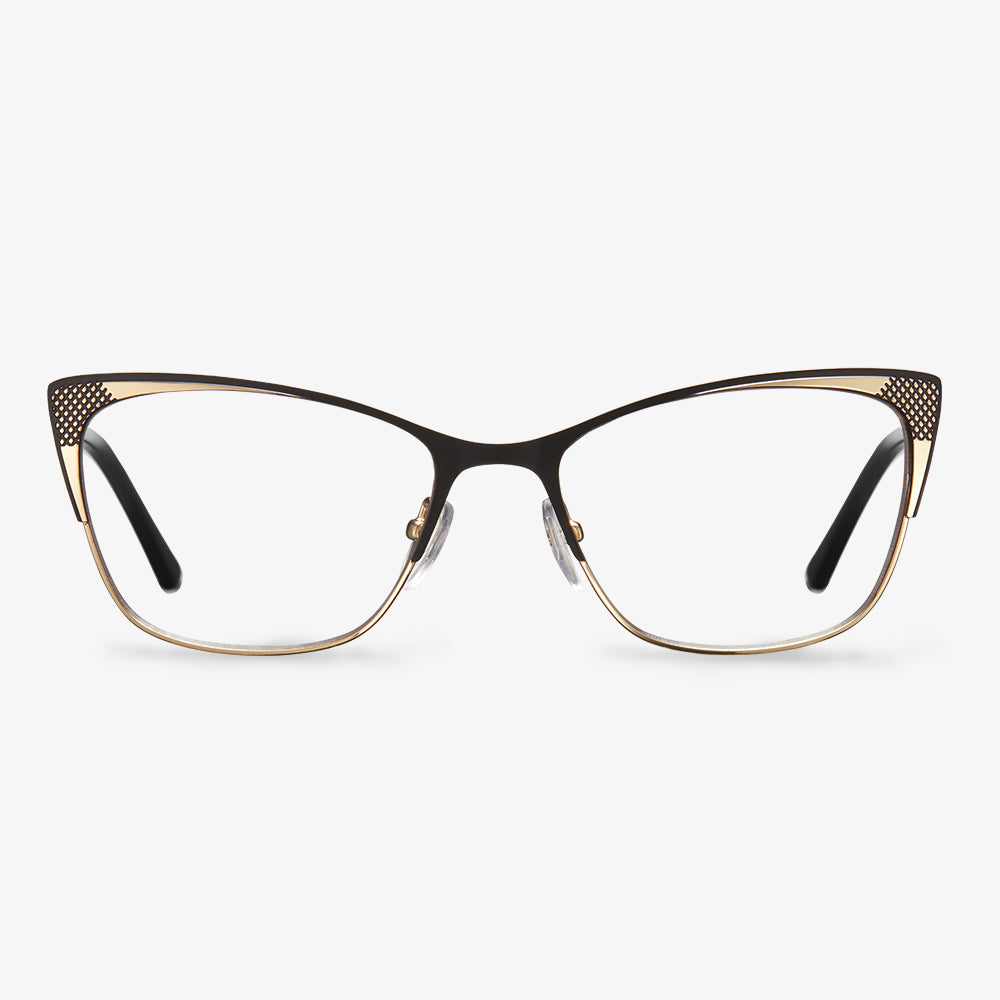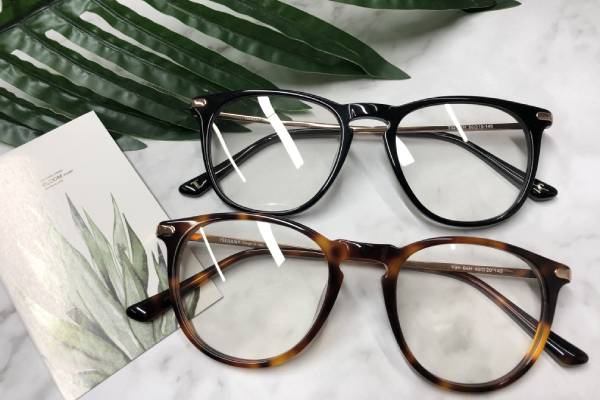Why Are My Progressive Lenses Blurry?
So, why are my progressive lenses blurry on sides? It can be caused by a lot of reasons, and we will list some of them.
The strength of progressive lenses is the factor that leads to initial peripheral blurriness. Progressive lenses tend to be blurry on the sides because each lens promotes three fields of vision. In addition, peripheral blurriness or haziness is a sensation that typically develops because more than one lens has been incorporated into one lens. The wearer also might feel as if he or she is moving from side to side.
After learning what may cause progressive lenses blurred, so how can you adapt to the progressive lenses? Therefore, in the following section, we will show you how to get used to progressive lenses.
American Eyewear
With a wealth of experience, American Eyewear provides wonderful service to its customers.They provide dozens of frames from the world for you to choose from. An optician trained with years of experience can help you choose the right glasses for your face. They make sure your eyes, Bridges, and temples fit perfectly. They provide frames made from hypoallergenic SPX plastic, stainless steel, and ultralight titanium. Rimless glasses are provided. They have their own full eyewear lab facilities to ensure your prescriptions are accurate and prompt. It stores a large number of lenses like single vision, multi-focal lenses, etc.
The price of new lenses
The price of the new lenses depends on several factors, including if you have vision insurance. Another aspect to think about is that if your lenses need an anti-glare solution. If so, the lenses may be much more expensive. If you need eye exams and special lenses, the cost can be quite high. Scratched lenses are easier to repair. If you want your scratched lenses repaired by a professional, most opticians can pay very little.
Eye problems that may occur while driving.
Visual fatigue and xerophthalmia: when driving, the spirit and eyes are in a highly tense state, reducing the blink of an eye, which will easily cause eye fatigue and xerophthalmia. Flash glare -- car headlights and city light pollution -- can cause serious damage to the eyes. UV damage: UV radiation is strong when driving in the daytime, especially in the plateau and snow weather. Nocturnal myopia: nocturnal light is insufficient, so it can make the eye pupil dilate, causing nocturnal vision to drop influence driving safety.
Understand blue light correctly.
Blue light has been shown to affect the body's circadian rhythms, with too much exposure to it late at night from gadgets such as mobile phones disrupting a person's ability to fall asleep. Therefore, it is recommended that people limit screen time two to three hours before bedtime and set their devices to night mode to reduce glare, relieve eye fatigue and minimize blue light at night. However, as we learn more about blue light, not all of it is bad for us. Blue light has been found to play an important role in maintaining health, such as regulating the secretion of hormones in living organisms. Blue light helps prevent reduced night vision and has been shown to benefit refractive development in adolescents and minors.
Can you wear blue light glasses while driving?
The damage of blue light has a cumulative effect. The longer the exposure time is, the more serious the damage of retinal cells will be, which will eventually lead to irreversible damage of the structure and function of the retina. Once the retina has permanent damage, degeneration will directly affect the metabolism and function of photoreceptor cells, resulting in vision loss. It depends on the glasses you're wearing. The function of anti-blue light glasses depends on the material of the glasses. Some blue light glasses have a special anti-reflective coating, which can reduce glare. These glasses are definitely helpful when driving at night.
What is hard coating on lenses?
Lenses are mainly added in two kinds of film: anti-reflection film and hard film (and some manufacturers produce anti-fogging film and mirror film, but not common). The anti-reflective film is mainly by coating the front surface of the lens with multiple layers of transparent materials with different refractive index and thickness to reduce the excess reflected light on the surface of the lens, by using the principle of light interference. The film can be applied to both glass and resin lenses. The way of hard film plating is usually a soaking process. After many times of soaking and cleaning, soaking in an organic solution containing ultrafine silicon element for a certain time, and then keeping it at a certain temperature for 4-5 hours, the fixed polymerization process of the film has been completed. The surface wear resistance of CR-39 coating can be increased by 2-4 pH, which is similar to the hardness of optical glass lenses.











































